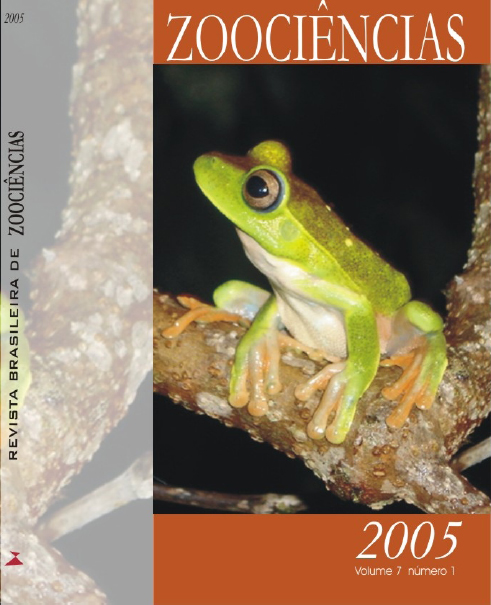Desenvolvimento embrionário durante o trânsito tubário em ratas wistar (Rattus norvegicus Berkenhout, 1769) tratadas com lapachol
Resumo
The present work studies the embryo development during tubal transit in inseminated rats distributed into three groups: control (distilled water), vehicle (hydroalcoholic solution) and Lapachol (100mg of Lapachol/kg/body weight). Treatment was made by oral gavage on the 1st, 2nd, 3rd or 4th post coitum day (pc). The female were killed by total exsanguination, under anesthesia, on the 5th pc day. Maternal ovaries were weighed and corpora lutea counted. Uterine tubes and horns were washed and the embryos collected were counted and examined to observe their morphologic development. No clinical signs of maternal toxicity; no significant difference on ovaries weight, number of corpora lutea and number of embryo were observed. No morphological alteration in the embryos was observed after the treatment with Lapachol. The data obtained in the experimental design used indicate that there has been no toxic effect of Lapachol upon the mothers or the embryos.Downloads
Downloads
Publicado
2009-08-26
Edição
Seção
Artigos



